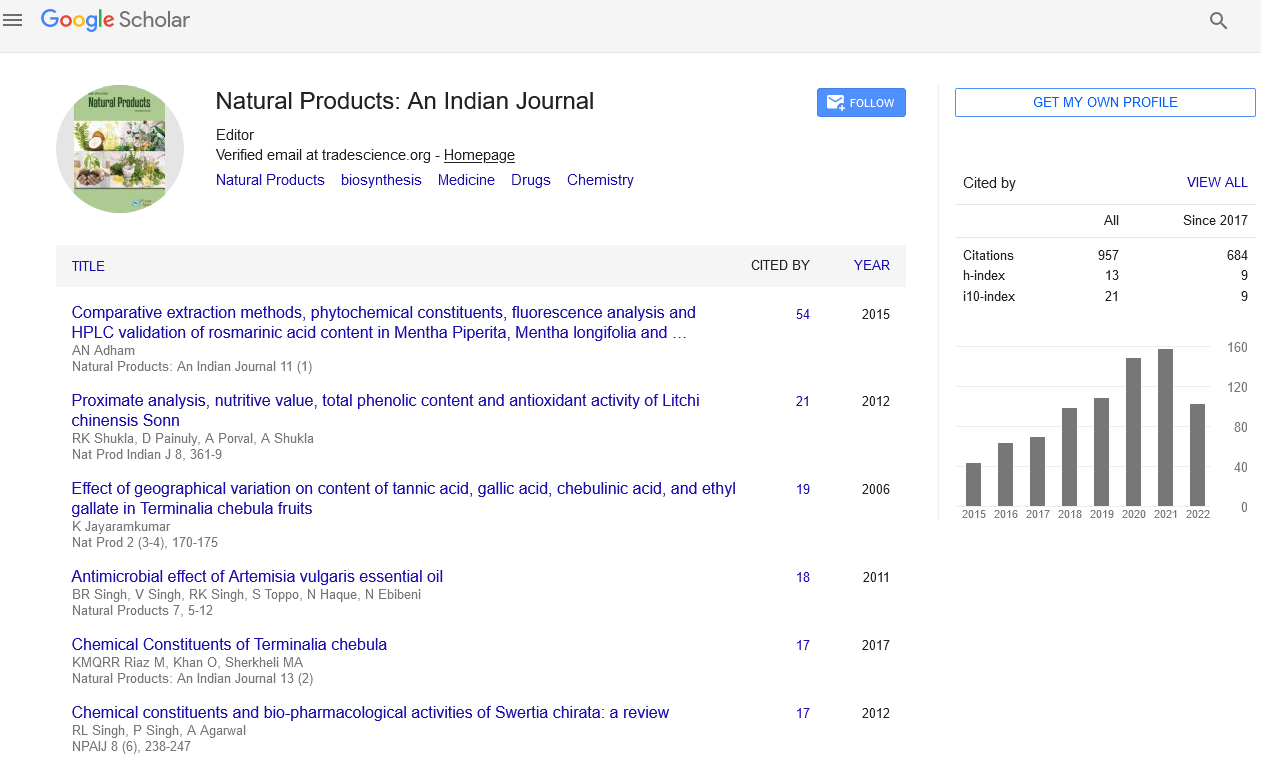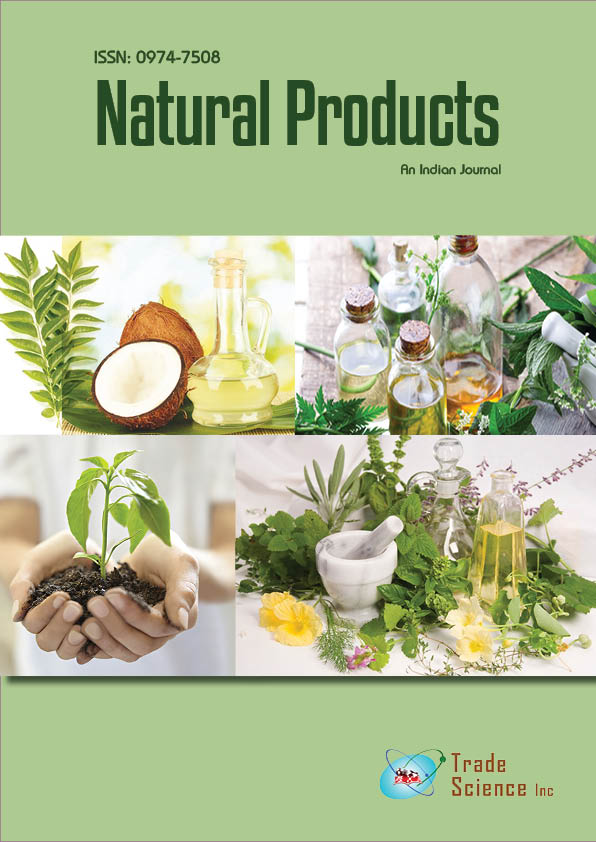Abstract
Camel Dairy Food: A Postmodern SciTech
Author(s): Akbar NikkhahÐÂÂÂLs editorial article introduces and describes camel milk as a postmodern dairy food in supporting healthy and functional human life in the stressful new times. Camel milk has on average 11.7% total solids, 3.0% protein, 3.6% fat, 0.8% ash, 4.4% lactose, and a pH of 6.5. ÐÂÂÂe levels of Na, K, Zn, Fe, Cu, Mn, niacin and vitamin-C are greater and that of thiamin, rLboflavLn, folacin, vitamin B12, pantothenic acid, vitamin-A, lysine and tryptophan are relatively lower compared to cow milk. Milk fat has a molar% of 26.7 palmitic acid, 25.5 oleic acid, 11.4 myristic acid, and 11.0 palmitoleic acid. Camel milk is more similar to goat milk and contains less short-chain FA than cow, sheep and buÙ?Ù´alo milk. In vitro protein digestibility and protein eÙ¹cLenc\ ratio values were 81.4% and 2.69, respectively, based on 90.0% and 2.50 for ANRCCasein [1]. Camel milk contains substantially less vitamins-A (010 vs. 0.27 mg/L) and B2 (0.57 vs. 1.56 mg/L), similar vitamin-E content (0.56 vs. 0.60 mg/L), and about 3 times greater vitamin-C (37.4 vs. 11.0 mg/L) than cow milk, respectively. Camel is known as the gold goal pseudo-ruminant of the 21st century in arid regions and dry lands. In Kazakhstan, 37% of the total milk is produced by camel, with sheep, yak and cows producing 30%, 23% and 10%, respectively. Camel milk production varies from 3.5 up to 40 L per day under intensive management. Lactation lasts between 9-18 months, with peak yield occurring during the first 2-3 months postpartum [2]. In another study, the range of major contents of camel milk were: fat 2.9-5.5%, protein 2.5-4.5%, lactose 2.9-5.8%, ash 0.35-0.95%, water 86.3-88.5% and SNF 8.9-14.3%, with a mean specLfic gravity of 1.03. Camel milk is receiving more appreciation as a global product in optimizing human health. ÐÂÂÂe FAO predicts the camel dairy products will appear on European supermarket shelves. However, logistic challenges in manufacturing and processing must be overcome. Despite the increasing demands from Sahara to Mongolia, the annual 5.4 million tones camel dairy products are greatly inadequate. Sector and local investments must escalate to meet demands and create profitable markets both in the Middle East and the Western world. ÐÂÂÂere are about 300 million potential customers in the Middle East and millions more in Africa, Europe and the Americas for camel dairy products. Although somewhat saltier than cow milk, camel milk represents a cost-eÙ?Ù´ectLve husbandry under toughest conditions [3-5]. In many regions of Iran, Russia, Kazakhstan and India, camel milk has traditionally been prescribed as a food treatment for multiple diseases recovery. Oral camel milk administration has proved protective against cadmium induced toxicity in rats. Camel milk is also known for its rich iron, unsaturated fatty acids and B-vitamins. In several regions of Iran, Pakistan and India, camel milk has long been used therapeutically against dropsy, Jaundice, spleen and liver complexities, tuberculosis, asthma, anemia, and piles. Camel milk is healthier when it is drunk as a cool drink. ÐÂÂÂe milk also apparently has slimming properties. ÐÂÂÂe belief by the Bedouin of the Sinai Peninsula exists that any internal disease can be cured by drinking camel milk through driving from the body all the bacteria [6-8]. Such milk properties must additionally be attributed to what camel eats. Milk from camel consuming straw might not exhibit the favorable health eÙ?Ù´ects. By the rule of thumb considerations, generally camel milk nutritional value would be considered the lowest following milk from ewe, goat and cow. However, 4–5 kg of camel milk and milk products are suÙ¹cLent to meet energy, lipids, proteins and calcium requirements of a man. Following immediate use, the leÑ?-over camel milk is curdled and soured. ÐÂÂÂe casein prepared from this milk product is called ‘industrial casein’. It is not very firm for human intake, and is rather used for glue and gums making. ÐÂÂÂe industrial casein from cow milk is however rich in proteins. ÐÂÂÂe whey proteins of camel milk are richer in nitrogen compared to cow milk. ÐÂÂÂe high proteins and amino acid proportions of camel milk casein make camel milk an appropriate food supplement for humans. ÐÂÂÂe unfavorable odor and taste, however, could aÙ?Ù´ect its popularity. ÐÂÂÂus, it is recommended to purify the camel industrial casein to maintain its competitive status in the human health markets. Camel milk lacks ß-lactoglobulin and is rich in immunoglobulins, thus being compatible with human milk. More research is needed to further characterize biophysical and biochemical properties of camel milk as a SciTech functional replacement for cow milk and other dairy and animal products. Persistent education must be an obligation for such health implications to be adequately understood by global science and public communities

